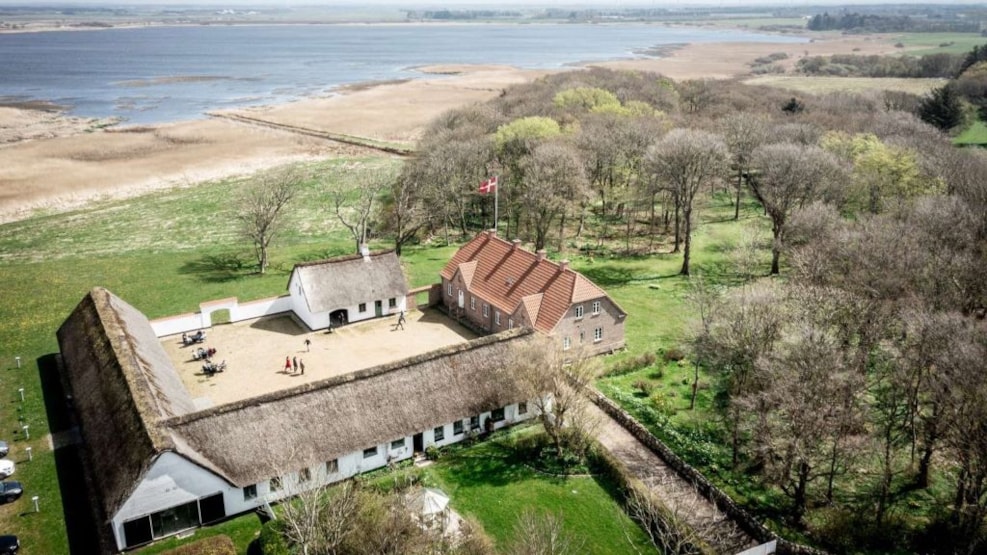
Kaj Munks Præstegård (Kaj Munk’s Vicarage)
Go on an experience in Kaj Munk's versatile life, conveyed in the beautiful setting on and around the rectory. Explore the exhibitions on the farm itself and explore the nature around the poet's old home.
Kaj Munk moved into Vedersø Vicarage as a newly ordained clergy in 1924 and this was when he met his wife Lise, where their five children grew up, and where he did most of his work – where plays, sermons, letters, and poems were written, and where the Germans arrested him in January of 1944.
Today, the versatile life of Kaj Munk is portrayed in the beautiful setting that is the vicarage and its surroundings. The vicarage is also the meeting place for several cultural events.
The Park and the Vicarage
The beautiful park at Kaj Munk’s Vicarage has its own story to tell. They began planting the flora here in the beginning of the 1800s and since then, every clergyman left his own mark on the place. The park consists mainly of luscious broad-leaf trees which do just fine here, in spite of the rough West Jutland weather.
Kaj Munk also put his mark on the park with the blue anemones, which he collected from his homeland in Lolland. He also established a channel, so that he was able to sail straight from the park to Nørresø.
If you would like to know more about Kaj Munks Præstegård, opening hours, prices, event and activity dates, please visit www.kajmunkspraestegaard.dk
Part of Ringkøbing Fjord Museums
Kaj Munks Præstegård is part of the Ringkøbing Fjord Museums, which bring history to life at 10 museums and attractions around Ringkøbing Fjord. Read more at www.ringkobingfjordmuseer.dk/en.